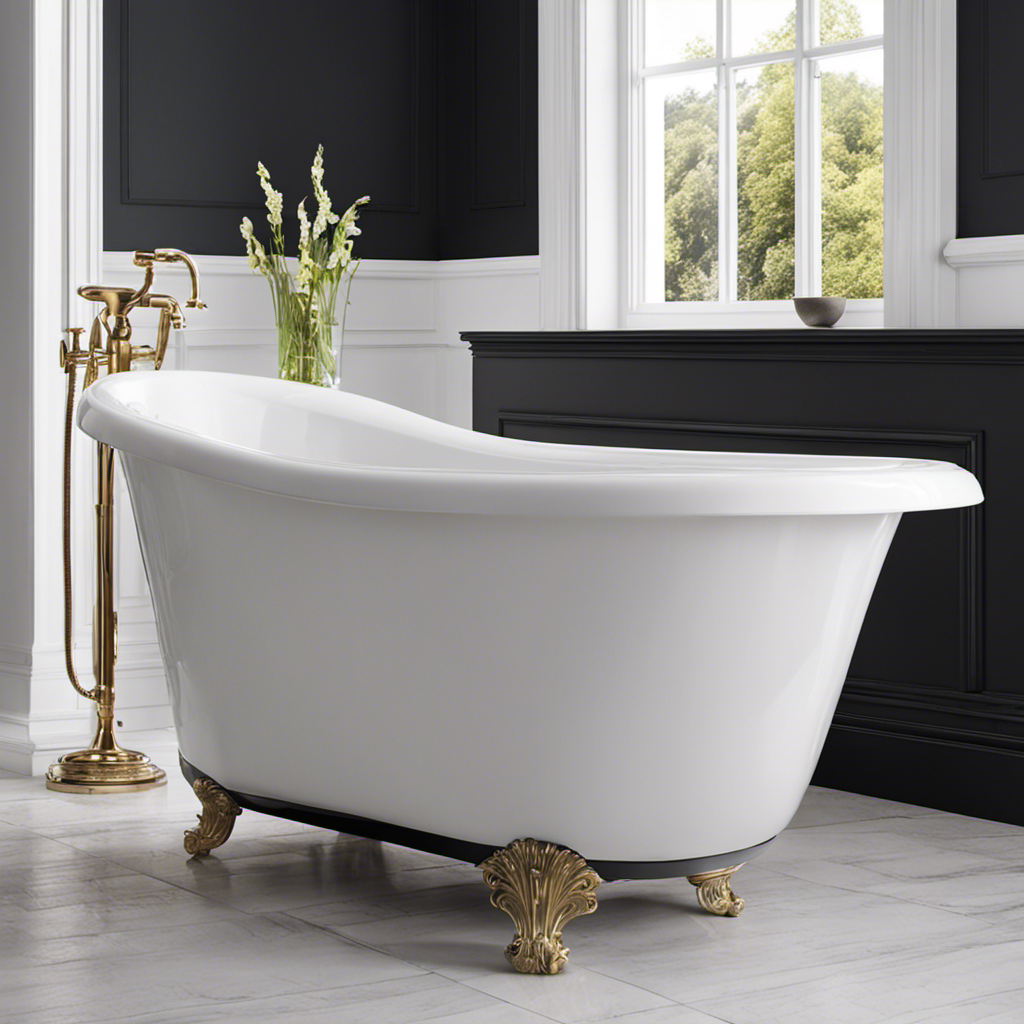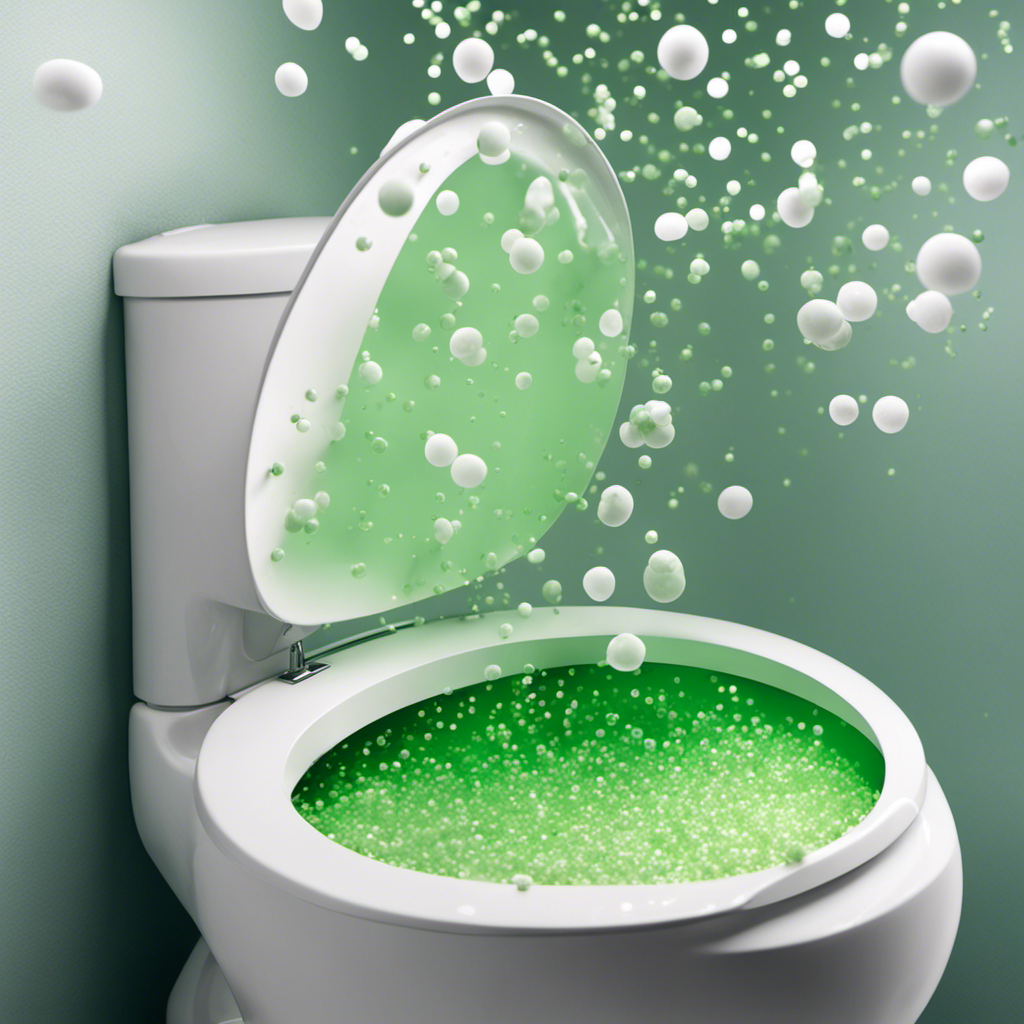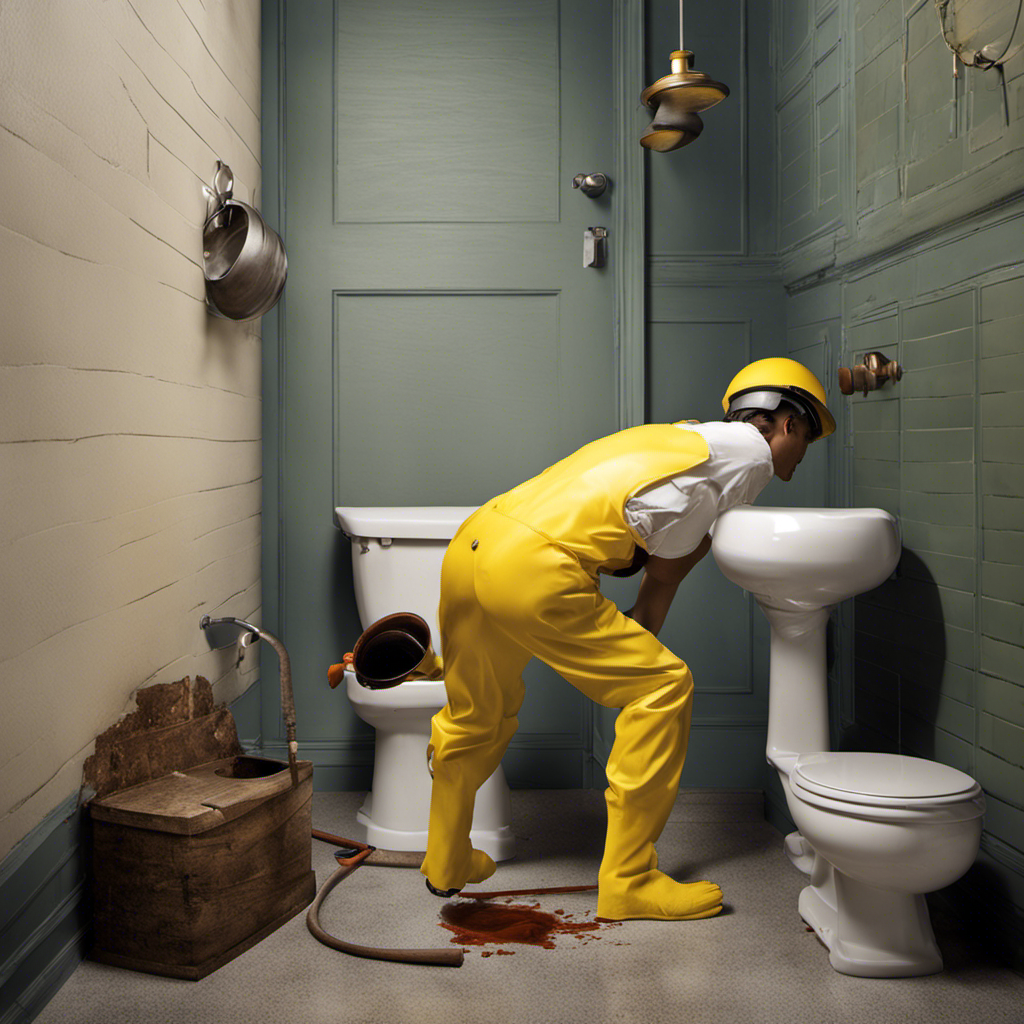If your water softener keeps running, we’ve got you covered. Contrary to the saying ‘let sleeping dogs lie,’ ignoring this issue can lead to bigger problems.
In this article, we’ll provide precise and technical guidance on what steps to take. From checking for a stuck timer or control valve to verifying proper water pressure and flow, we’ll equip you with the knowledge to tackle this problem like a pro.
So let’s dive in and master the art of troubleshooting your water softener.
Key Takeaways
- Inspect the timer and control valve for debris or blockages
- Check and clean the brine tank, including the salt level and float assembly
- Test and adjust the water softener settings, including regeneration frequency and salt dosage
- Verify proper water pressure and flow, checking for obstructions and cleaning the inlet screen
Check for a Stuck Timer or Control Valve
First, let’s take a look at the timer and control valve to see if either of them are stuck. If your water softener keeps running, it could be due to a malfunctioning timer or control valve.
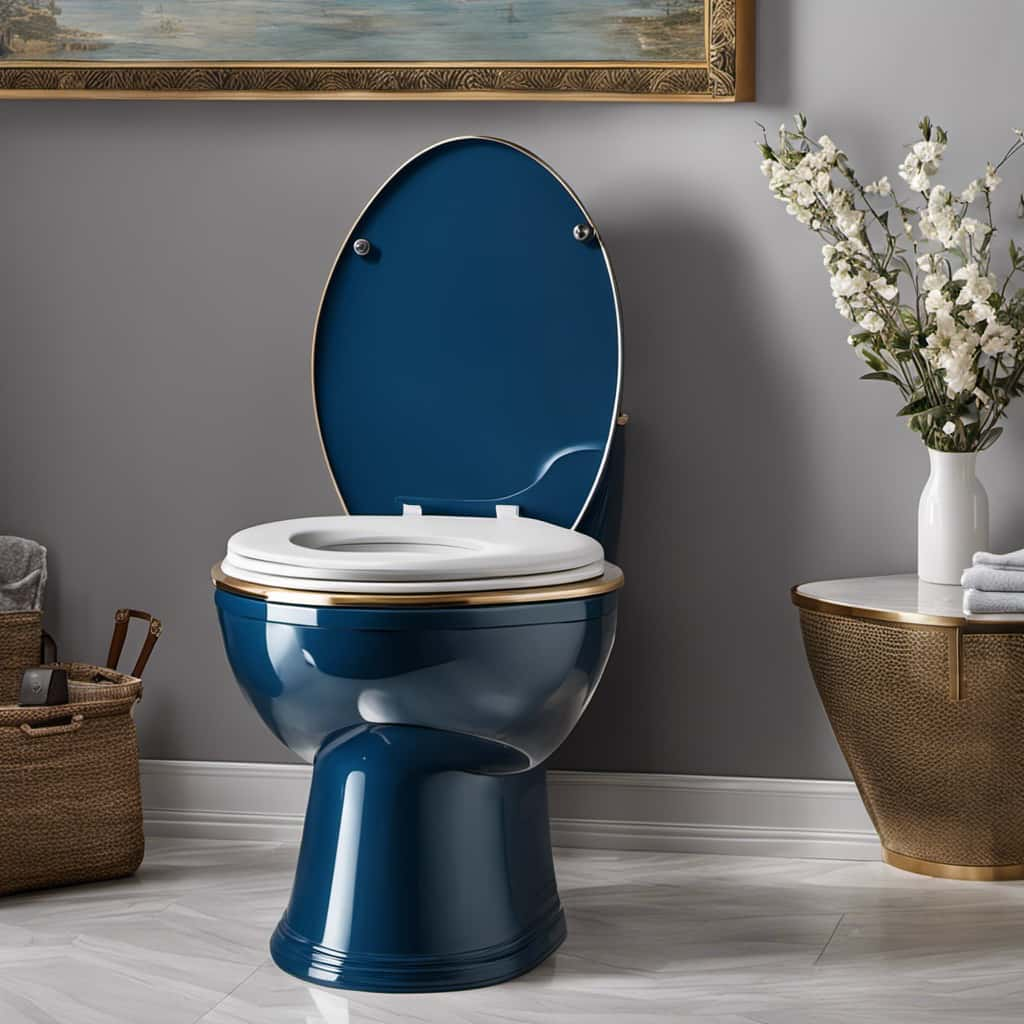
To troubleshoot the power supply, ensure that the softener is receiving adequate power and that the electrical connections are secure. If the power supply isn’t the issue, check for clogged pipes that may be causing the water softener to continuously run.
Inspect the timer and control valve for any signs of debris or blockages that could be preventing them from functioning properly. Clean or replace any faulty components as necessary. Remember to follow safety precautions when working with electrical systems and consult the manufacturer’s instructions for specific troubleshooting steps.
Inspect and Clean the Brine Tank
To continue troubleshooting the issue of a continuously running water softener, we need to inspect and clean the brine tank.
The brine tank is an essential component of a water softener system, responsible for the regeneration process.
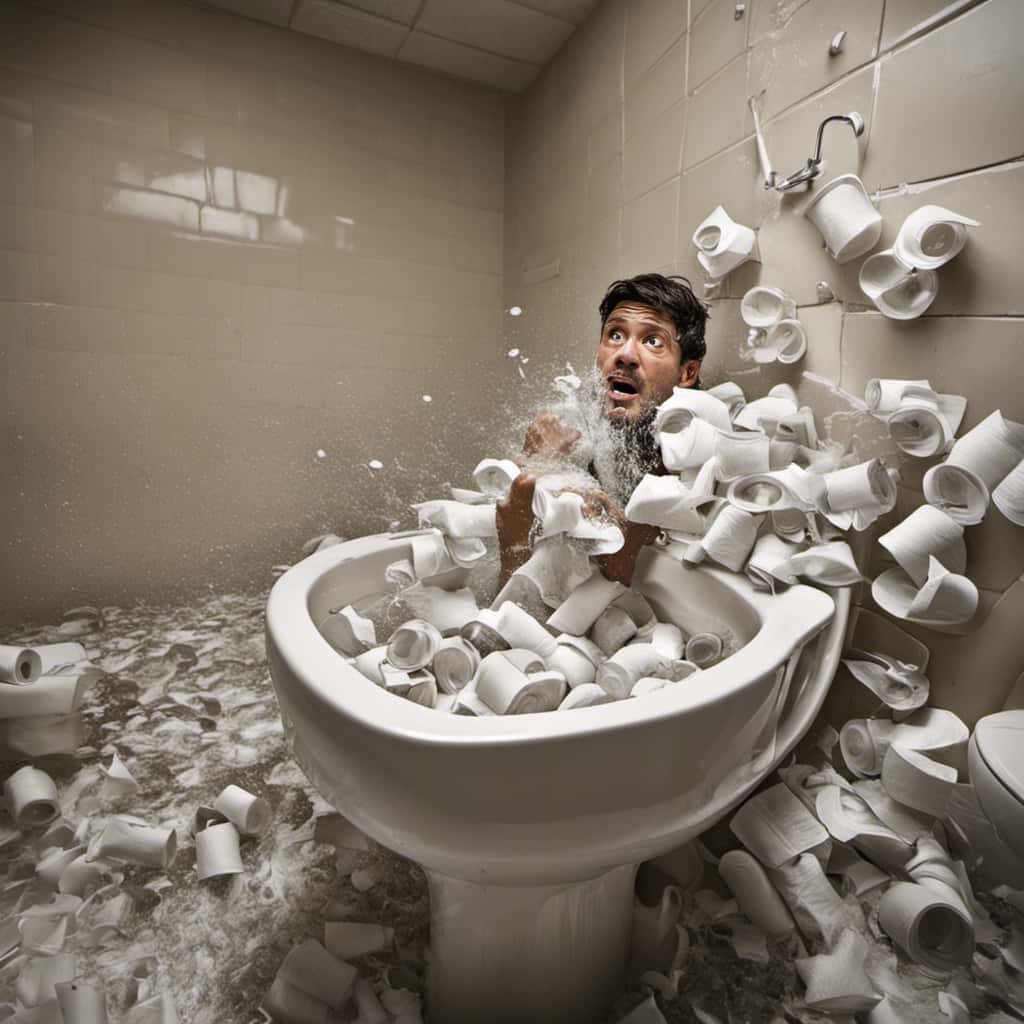
Here are some maintenance tips for the brine tank:
- Check the salt level: Ensure that there’s enough salt in the tank for proper regeneration. A low salt level can prevent the softener from functioning correctly.
- Inspect the brine valve: Make sure the brine valve isn’t clogged or damaged. A malfunctioning valve can lead to improper brine flow and affect the regeneration cycle.
- Clean the tank: Remove any debris or sediment that may have accumulated in the tank. This buildup can hinder the performance of the water softener.
- Inspect the float assembly: Ensure that the float assembly is functioning correctly. A malfunctioning float can cause the tank to overfill or not fill at all.
Test and Adjust the Water Softener Settings
To test and adjust the water softener settings, we can start by checking the hardness level of the water. This is a crucial step in troubleshooting common issues with water softeners that keep running.
Begin by using a water hardness test kit to determine the current hardness level of your water. Compare the test results to the recommended level set on your water softener system. If the hardness level is higher than it should be, you may need to adjust the regeneration frequency or the salt dosage. Refer to the manufacturer’s instructions for your specific water softener model to make the necessary adjustments.
Once the settings have been adjusted, move on to verifying proper water pressure and flow, as we’ll discuss in the next section.

Verify Proper Water Pressure and Flow
After adjusting the water softener settings, we need to ensure that we’ve proper water pressure and flow. This is essential to the functioning of the water softener and the overall plumbing system.
To troubleshoot plumbing issues related to water pressure and flow, consider the following maintenance tips for water softeners:
- Check the water pressure: Use a pressure gauge to measure the water pressure coming into your home. The ideal range is usually between 40 and 60 psi (pounds per square inch). If the pressure is too low, it may affect the performance of the water softener.
- Inspect the water line: Examine the water line for any obstructions, such as clogs or leaks. A blocked or damaged water line can result in poor water flow, causing the water softener to run continuously.
- Clean the inlet screen: The water softener’s inlet screen can become clogged with debris over time. Remove the screen and rinse it thoroughly to ensure proper water flow.
- Verify valve operation: Check that the bypass valve is in the correct position. If it’s set to bypass, the water softener won’t receive water flow.
Consult a Professional if the Issue Persists
If the problem continues, we recommend contacting a plumbing professional for assistance with your persistently running water softener. While troubleshooting tips can be helpful in resolving minor issues, a persistent problem may require the expertise of a professional.
Plumbing professionals have the knowledge and experience to diagnose and repair complex water softener problems. They can also provide consultation services, offering advice on the best course of action to resolve the issue. By consulting a professional, you can ensure that the problem is properly assessed and addressed, avoiding further damage or costly repairs.

Additionally, professionals may have access to specialized tools and equipment that can aid in diagnosing and repairing the issue. Don’t hesitate to seek professional assistance if your water softener continues to run despite troubleshooting efforts.
Frequently Asked Questions
How Can I Determine if My Water Softener Is Running Continuously?
To determine if our water softener is running continuously, we look for signs of a malfunction such as high water bills or a lack of soft water. Cost effective solutions can include checking for leaks or calling a professional.
What Could Be Causing My Water Softener to Run Continuously?
Common signs of a continuously running water softener include excessive water usage and a constant sound of water running. Troubleshooting steps should include checking for a faulty timer, clogged drain line, or a malfunctioning control valve.
Are There Any DIY Solutions to Fix a Continuously Running Water Softener?
Sure, here are some DIY solutions and troubleshooting steps for a continuously running water softener. First, check for any clogs or obstructions in the system. Second, inspect the control valve and timer settings. Lastly, consider replacing faulty components if necessary.
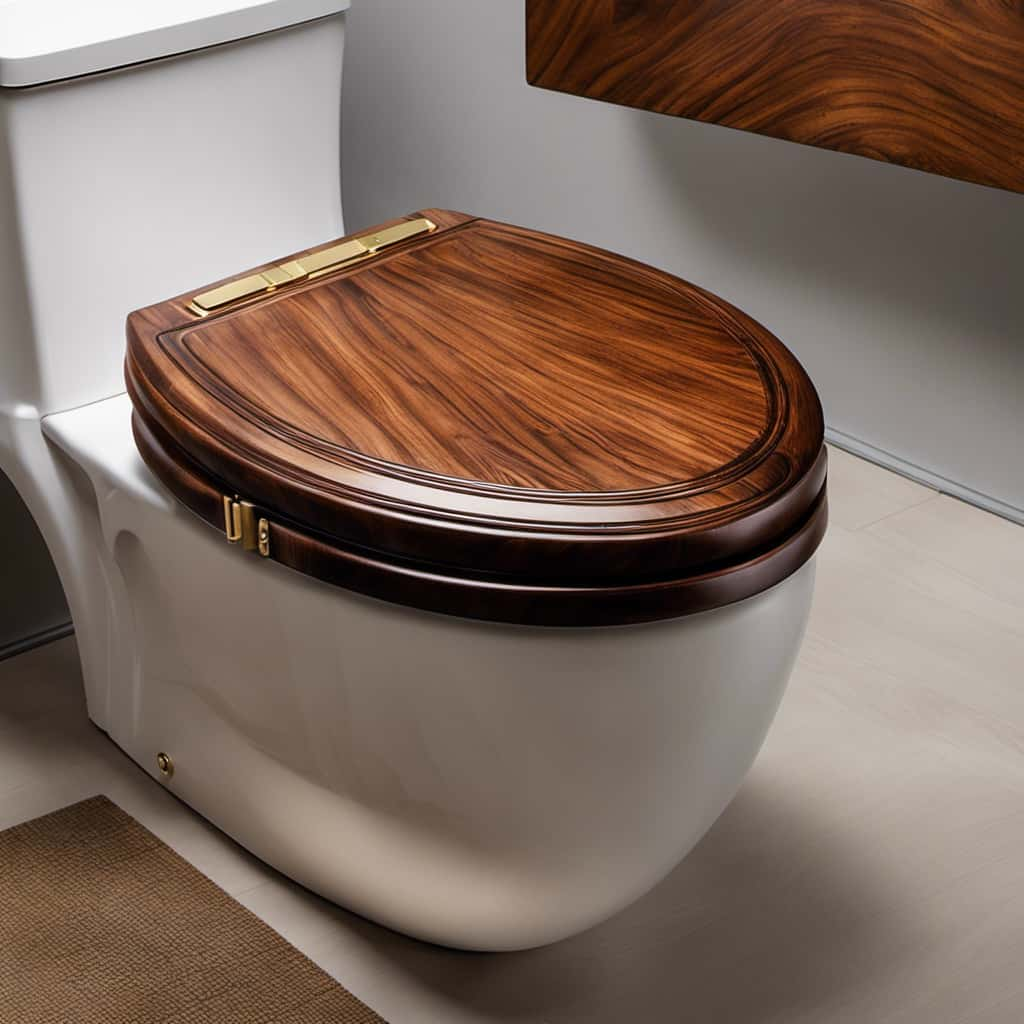
Can a Continuously Running Water Softener Damage My Plumbing System?
A continuously running water softener can wreak havoc on our plumbing systems. The signs are clear – leaks, clogs, and erosion. It’s crucial to address this issue promptly to avoid further damage and costly repairs.
How Much Does It Typically Cost to Hire a Professional to Fix a Continuously Running Water Softener?
The cost of professional repair for a continuously running water softener varies depending on the cause. Common causes include malfunctioning valves or a faulty control board. It’s important to hire an experienced technician for an accurate diagnosis and cost estimate.
Conclusion
If your water softener is persistently running, it’s essential to take immediate action.
You can start by checking for a stuck timer or control valve, inspecting and cleaning the brine tank, and testing and adjusting the settings.
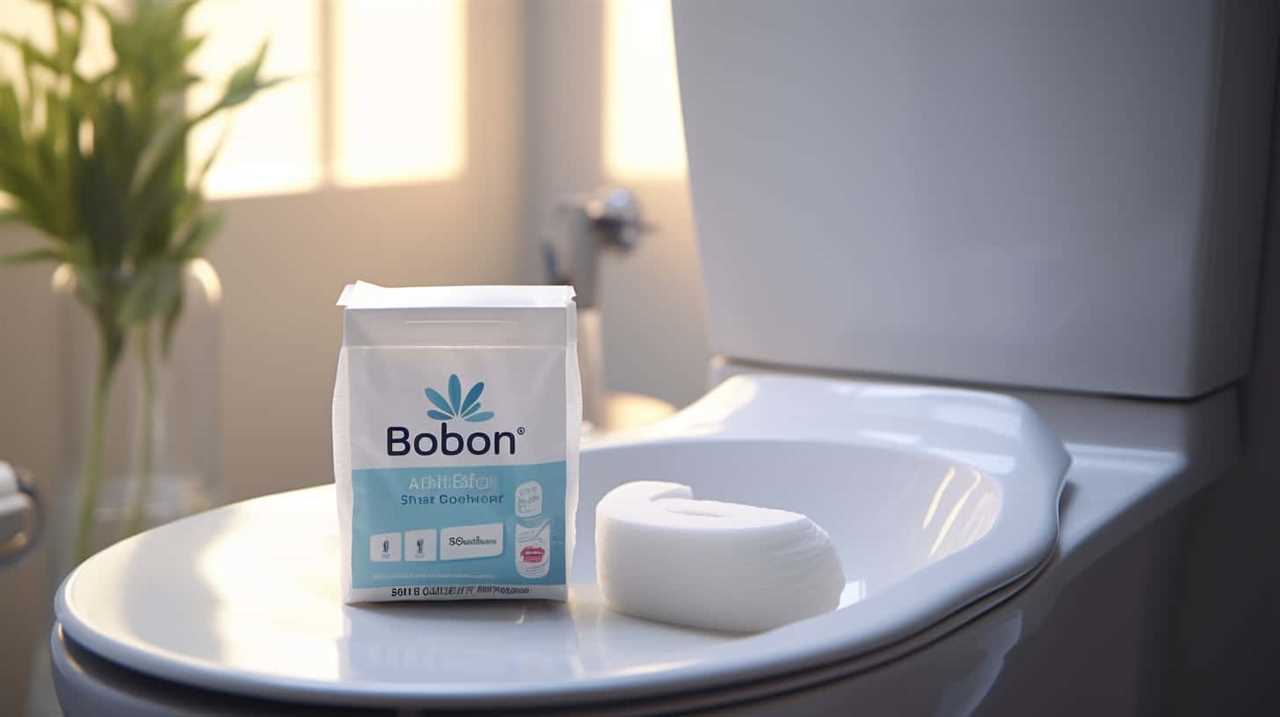
Additionally, ensure proper water pressure and flow.
However, if the issue continues to persist, it’s advisable to consult a professional for further assistance.
Don’t hesitate to address this concern, as it can greatly impact the performance and efficiency of your water softener system.

